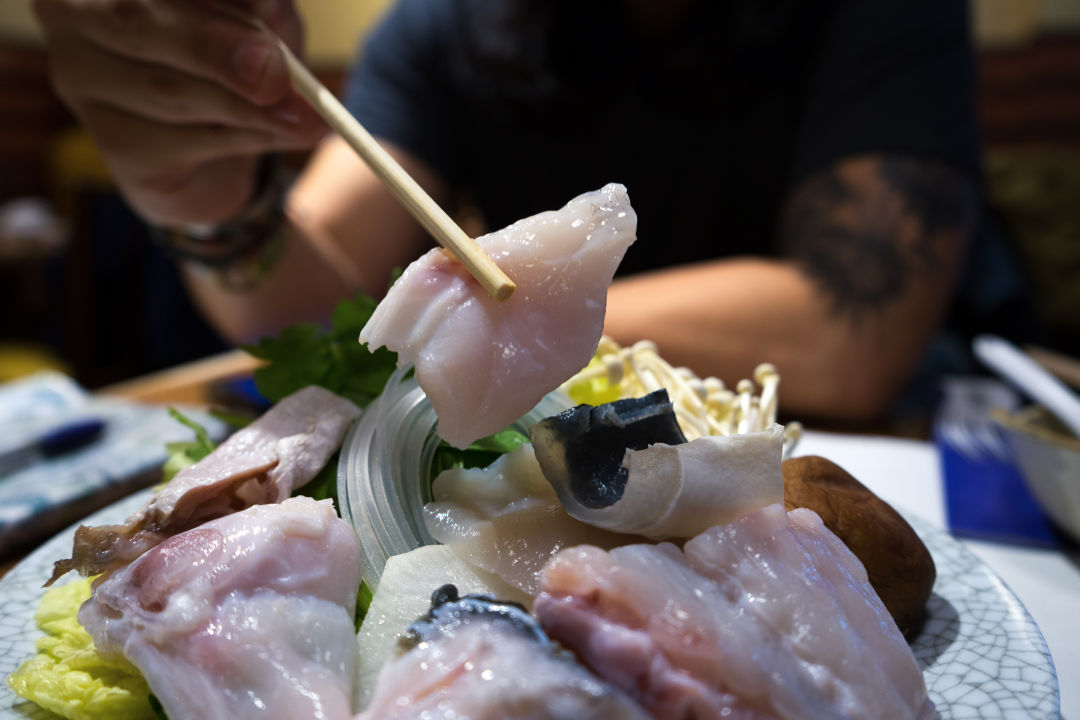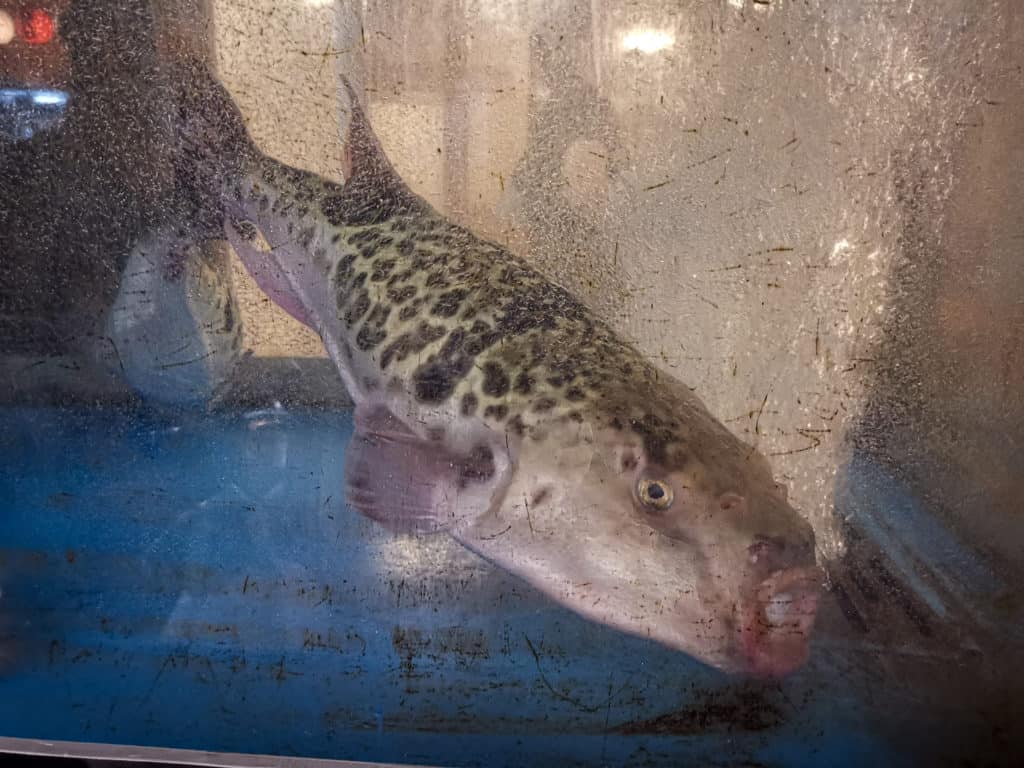

In 2004, researchers at Nagasaki University succeeded in breeding non-toxic puffer fish by separating them from other marine life and feeding them a purified diet. Sounds delicious, right? Well, to some people, that lethal potential, however slight, is part of the fish's allure.īut now the thrill may be gone. There is no known antidote, and death-which is the final result in about half of all fugu poisoning cases-usually occurs within four to six hours. Numbness begins in the lips and tongue, followed by nausea, vomiting, stomach pain and diarrhea, then spreading paralysis and a complete shutdown of the central nervous system. The first symptoms of poisoning can begin anywhere from 15 minutes to several hours after ingestion. As little as one to two milligrams of the toxin can be fatal.

The level of toxicity is seasonal, so fugu is traditionally served in Japan only from October to March. The toxin is concentrated mostly in the liver, gonads and skin.

It is believed that the fish's poison comes from the accumulation of the neurotoxin tetrodotoxin in the bacteria and smaller sea life it ingests. I have to give her up So I will eat fugu. Also in the 1700s, the Japanese poet Yosa Buson wrote a haiku about heartbreak that is sort of the Asian version of the kids' song about eating worms: I cannot see her tonight. The 18th-century Pacific explorer Captain James Cook described the effects of what is believed to be mild fugu poisoning in his journals. Still, a few people die every year from fugu poisoning, mostly at the hands of inexperienced cooks.
#Fugu japan how to
There, specialized restaurants employ licensed chefs who have undergone years of training in how to prepare the fish and remove the poison. Aside from foraging wild mushrooms without a good guide book, or having tea with a former Russian spy, one of the most potentially dangerous meals you can have is fugu, the highly toxic puffer fish that can cause paralysis or death but is considered a delicacy in Japan.


 0 kommentar(er)
0 kommentar(er)
